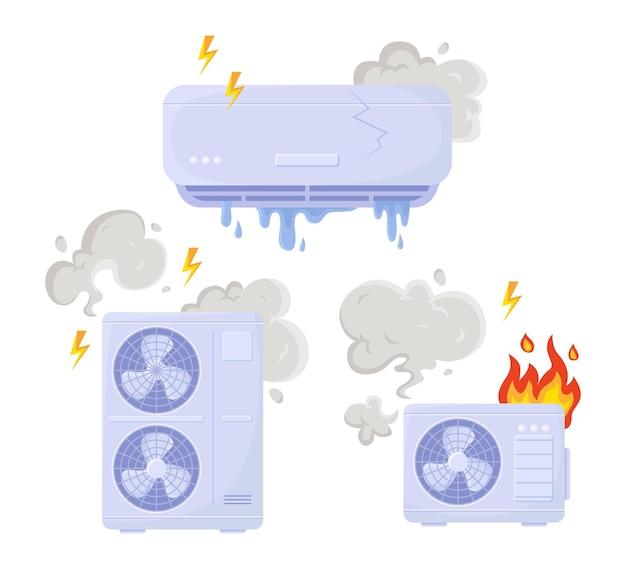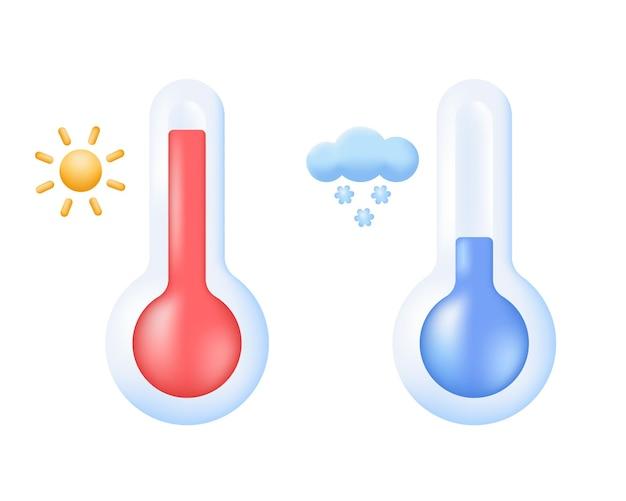In the world of materials science and metallurgy, heat treatment techniques play an essential role in determining the physical properties of metals. Among these techniques, quenching stands out as a widely used practice to achieve desired hardness and strength. But have you ever wondered why the speed at which a metal cools is crucial during the quenching process?
In this blog post, we will delve into the concept of the critical cooling rate and its significance in achieving optimal mechanical properties. We will explore why different cooling mediums, such as water and oil, are chosen for specific hardening treatments. Additionally, we will address the age-old debate on why quenching in oil is often considered superior to water quenching. So, let’s get ready to dive deeper into the fascinating world of quenching and discover the role of cooling rates in achieving desired results.

What is the Critical Cooling Rate?
In the world of materials science and engineering, the critical cooling rate plays a crucial role in determining the properties of metals. But what exactly is the critical cooling rate? Let’s dive into the fascinating science behind it!
Understanding the Basics
When a metal is heated and then rapidly cooled, its atomic structure undergoes a transformation that directly affects its mechanical properties. This cooling process, known as quenching, can be a game-changer in altering the metal’s strength, hardness, and even its magnetic properties.
The Need for Speed
Now, you might be wondering, what’s the hurry with this rapid cooling business? Well, the critical cooling rate is the specific speed at which a metal needs to be cooled to achieve desired material characteristics. It’s like a race against time!
Imagine cooling a metal too slowly. It’s like watching paint dry, except for the fact that your metal won’t develop the desired properties. On the other hand, cooling it at supersonic speeds would jumble up its atomic arrangement and leave you with a mess instead of a masterpiece.
Delving into the Science
To understand the critical cooling rate better, let’s explore a bit of material science wizardry. When metals are heated, their atoms start to vibrate more and more vigorously. As the metal cools down, the atoms begin to lock into position to form a crystalline structure.
The atomic arrangement during cooling can be likened to a dance party. The atoms are twirling and grooving as they search for their perfect spots on the dance floor. When cooled rapidly, they don’t have enough time to find their preferred positions, resulting in a disordered structure.
Achieving the Optimal Balance
Finding the sweet spot for cooling rate is like balancing at the edge of a knife — too slow or too fast, and you might end up disappointed. The critical cooling rate varies for different metals, depending on their composition and desired properties.
For instance, some metals need a cooling rate as rapid as a cheetah chasing its prey, while others do just fine with a cooling rate comparable to the speed of a sloth’s yawn. It all boils down to the specific metal, its alloying elements, and the desired outcome.
Applications in the Real World
Now that we have a better grasp of the critical cooling rate, let’s explore its real-world applications. Industries such as automotive, aerospace, and even culinary arts heavily rely on quenching to enhance their materials.
From strengthening engine components to producing tough and sharp kitchen knives, understanding the critical cooling rate helps us unlock the secrets of material behavior. It’s like having a superpower that allows us to tailor the properties of metals to suit our specific needs.
In conclusion, the critical cooling rate is the “Goldilocks zone” of cooling that allows us to manipulate the atomic structure of metals for desired material properties. From ensuring the durability of airplane parts to crafting the perfect culinary tools, this science-based dance with temperature has a profound impact on various industries.
So, the next time you grill a steak with a reliable chef’s knife or hop on an aircraft, take a moment to appreciate the critical cooling rate and the role it plays in shaping our modern world. Keep cooling, my friends, and let the metals dance to the rhythm of science!
Remember, when it comes to metals and cooling rates, it’s all about finding the right balance between speed and perfection. Stay tuned for more fascinating insights into the world of materials science!

FAQ: What is the Critical Cooling Rate?
Why is Quenching in Water Unfavorable
When it comes to quenching, water gets a bad rap. While it may seem like the go-to cooling medium, it can actually be detrimental. Why, you ask? Well, the rapid cooling rate of water can cause quick and drastic temperature changes in the material being cooled. This can lead to undesired effects like cracking or distortion. So, it’s best to think twice before dunking your hot metal in water!
In Which Medium is the Cooling Rate Considerably Slower
If you’re seeking a slower cooling rate, look no further than good ol’ air. Yes, you heard that right. When compared to water or oil, air offers a gentler and more gradual cooling experience. So, if you want to avoid the harshness of rapid cooling, let your material mellow down in the breeze.
What Exactly is the Critical Cooling Rate
Ah, the big question! The critical cooling rate refers to the minimum rate at which a material needs to be cooled in order to achieve a desired hardening effect. Different materials have different critical cooling rates, so it’s essential to find that sweet spot. Too slow, and you won’t get the desired hardness; too fast, and you risk unwanted side effects like brittleness. So, finding that perfect cooling rate is truly critical!
How is the Cooling Medium Selected for Hardening Treatment
The selection of the cooling medium is a critical task indeed! Engineers consider various factors like the material being hardened, desired hardness, and size and shape of the object. Thicker materials might require a slower cooling rate, while smaller ones can handle a faster pace. The choice can be water, oil, or even specialized polymer solutions. Just remember, it’s all about finding the right balance for that perfect hardening treatment.
Why is Cooling Rate Important When Quenching
Ah, the need for speed! The cooling rate plays a vital role when it comes to quenching. A fast cooling rate helps in achieving a harder material, while a slow rate would result in a softer outcome. The key is to strike that delicate balance between hardness and flexibility. So, next time you’re in a hurry, just remember, the quicker the quench, the stronger the material!
Why is Quenching in Oil Superior to Water
Oil versus water – what a heated debate! Well, when it comes to quenching, oil has its advantages. Unlike water, oil offers a slower and more controlled cooling rate. This gentler approach reduces the risk of cracking and distortion that can occur with rapid cooling methods. So, if you want to preserve the integrity of your material, let it take a dip in some smooth, slippery oil instead!
That wraps up our FAQ section on the critical cooling rate! Hopefully, you’ve gained some valuable insights into the fascinating world of quenching and cooling mediums. Remember, finding that perfect balance is the key to achieving the desired hardness without any unwanted side effects. So, go forth and quench wisely!
Disclaimer: The information provided in this FAQ is intended for informational purposes only and does not constitute professional advice. Please consult with a qualified expert for your specific needs.
